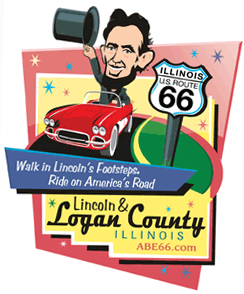| |||||||||
| |||||||||
After a crisply written prologue built around a jarring 1929 event in Alice's childhood, White moves the novel into the 1970s and 1980s in a series of first-person sections. Initially these are from Bobby's perspective, including his distress as a homosexual teenager in an intolerant, deeply religious Southern home. In the second half of the book, after Bobby finds a measure of solace at Cafe Andres and learns of Alice's role there, a third major character, Amelia Brighton, takes over the first-person narrative and adds a new dimension to Alice's history. Amelia also adds an element of uncertainty on where this novel is heading. She is a well-to-do Connecticut mom in a troubled marriage, and warming up to her isn't as easy as it was with Bobby. Even when you do, connecting her to the ongoing story can seem a bit of a stretch. But each character is a convincing creation, and the novel, White's third, is a pleasure if only for its rendering of Bobby and Alice and their convergence in Manhattan. Some may find that Amelia's story adds a necessary jolt of suspense and catharsis to the mix, but it's a tricky ingredient in an otherwise well-made tale. ___ Online:
[Associated
Press;
Copyright 2013 The Associated Press. All rights reserved. This material may not be published, broadcast, rewritten or redistributed.
News | Sports | Business | Rural Review | Teaching & Learning | Home and Family | Tourism | Obituaries
Community |
Perspectives
|
Law & Courts |
Leisure Time
|
Spiritual Life |
Health & Fitness |
Teen Scene
Calendar
|
Letters to the Editor